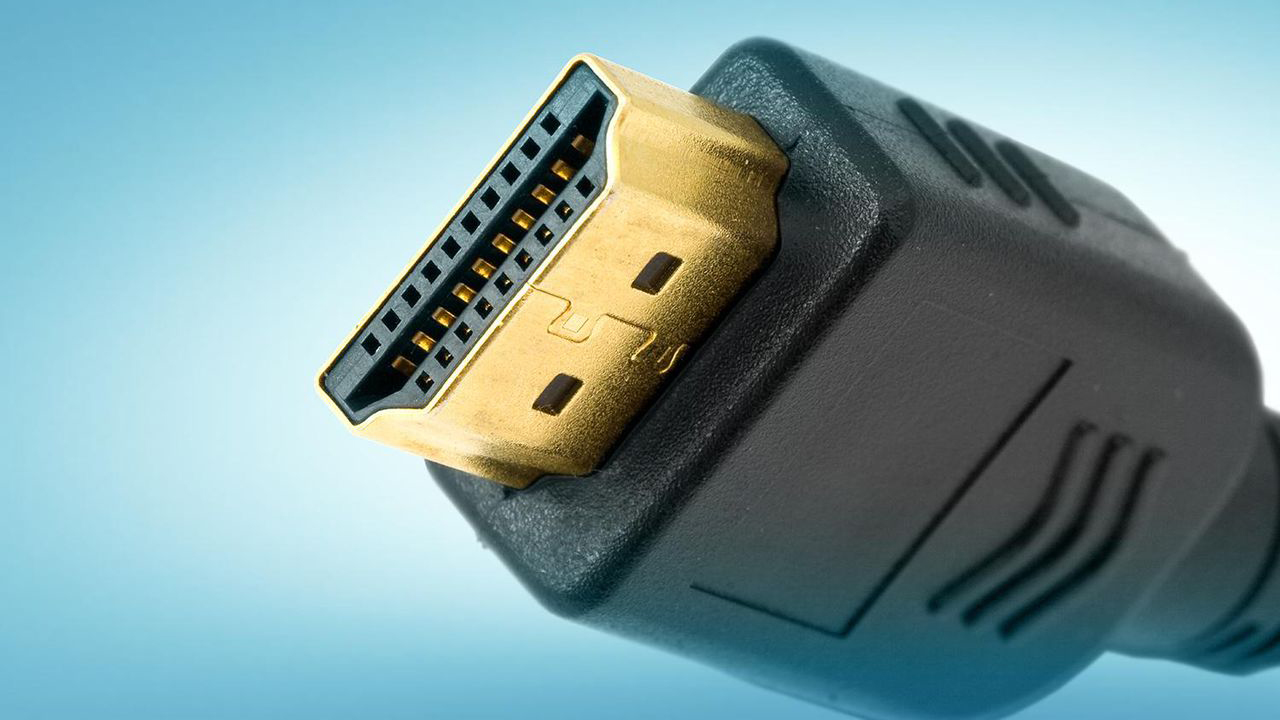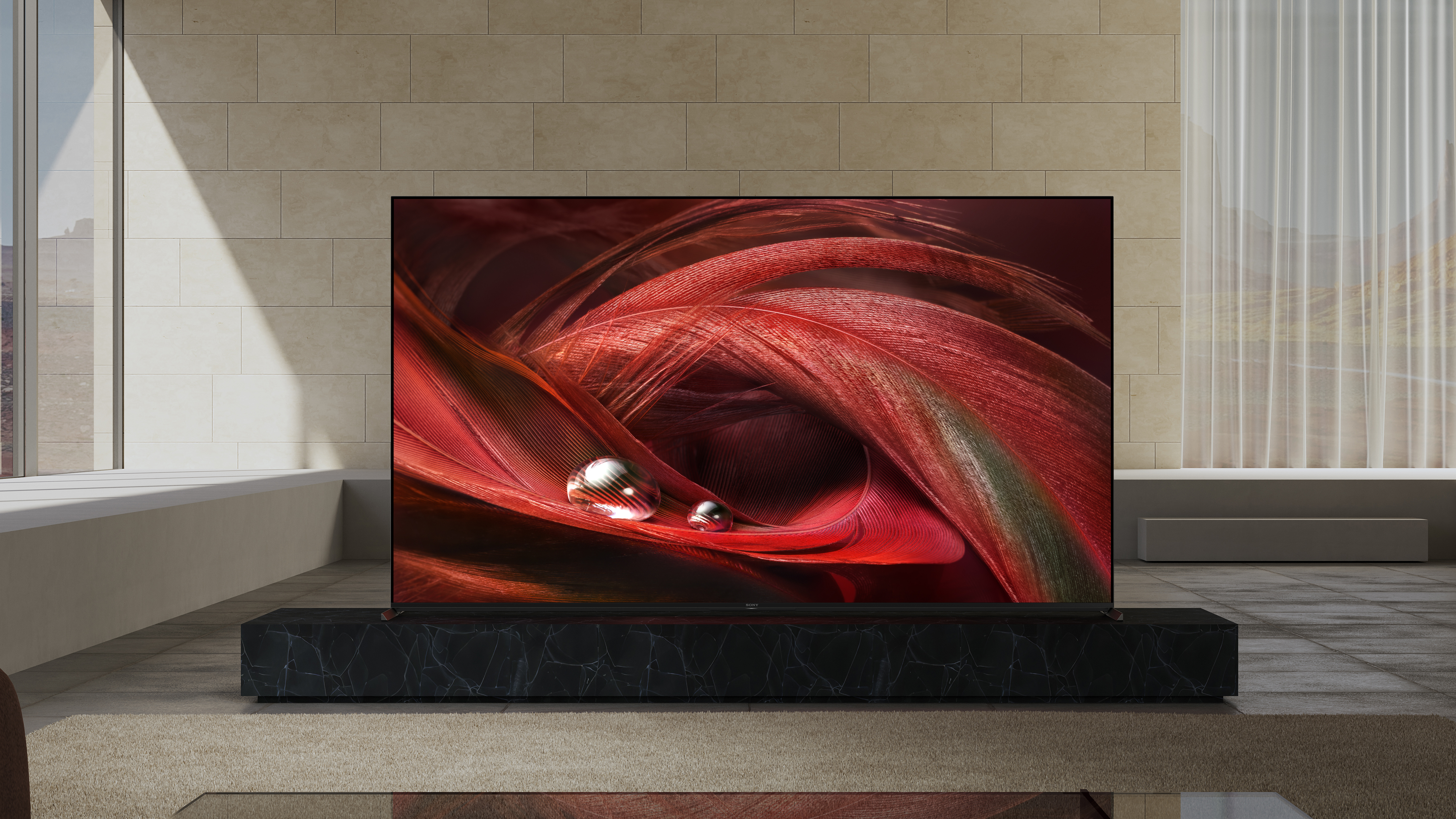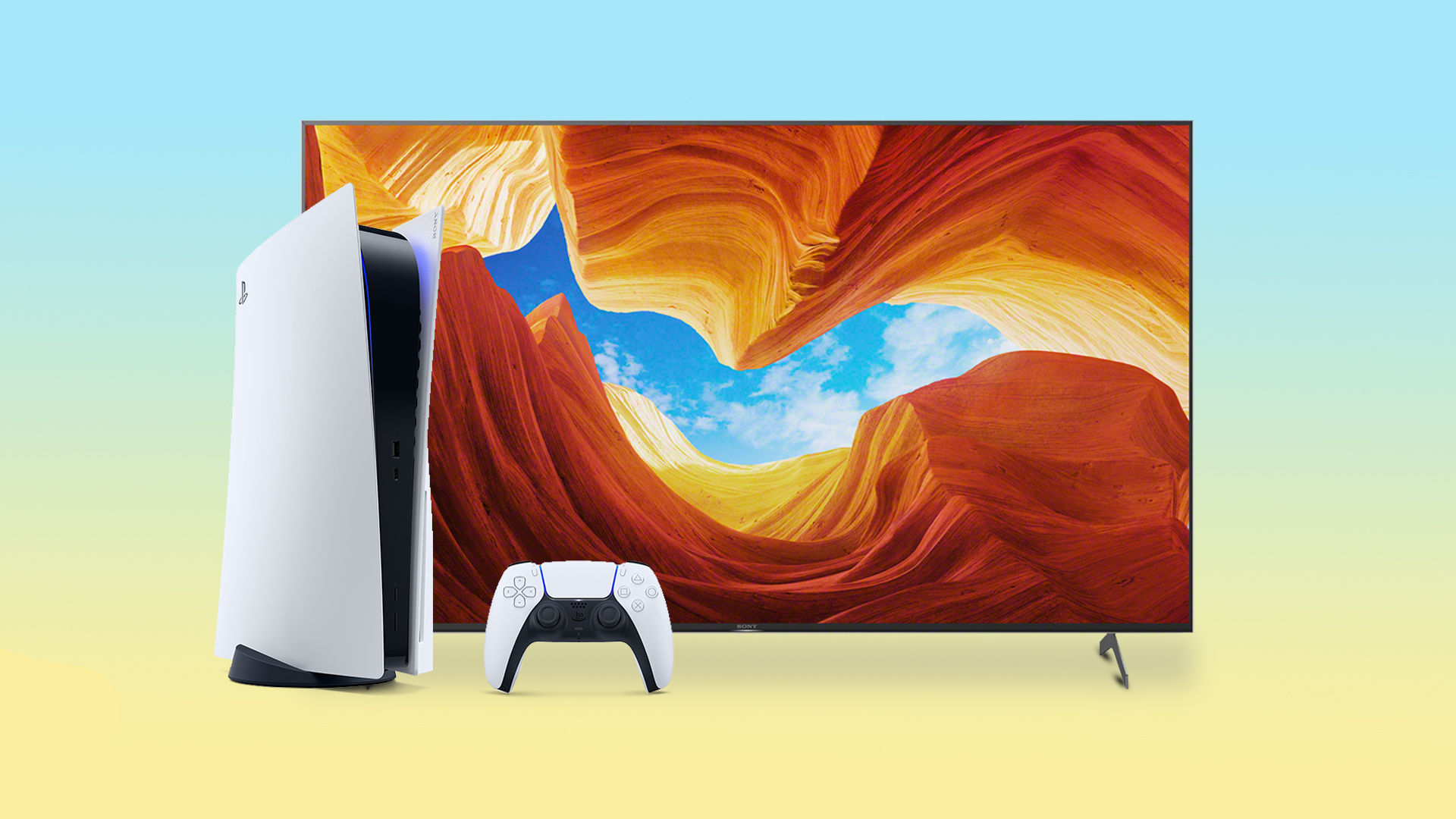

The arrival of the PlayStation 5 and Xbox Series X has added a brand new list of requirements when you’re shopping for the best gaming TV. The most important of which is the presence of HDMI 2.1.
But what does HDMI 2.1 actually do? It’s all well and good to see jargon like VRR, ALLM, and 4K 120Hz floating around as essential HDMI 2.1 features, but it’s important to know what each of these means.
When the next-gen consoles arrived in late 2020, not all TV manufacturers were totally on the HDMI 2.1 train in time, which meant finding a TV that was entirely compatible and able to full advantage of the consoles' more powerful hardware was tricky.
Fast forward to today however, and you'll find the vast majority of the best TVs and best OLED TVs support HDMI 2.1. Where you'll find they likely differ is in the number of HDMI 2.1 ports they provide.
Here we’ll break down what HDMI 2.1 offers, why it’ll make your eyes happy while gaming, and bust some of those 8K myths at the same time.
What is HDMI 2.1?

The Sony 2021 Bravia XR range includes widespread HDMI 2.1 support.
HDMI, or High Definition Multimedia Interface as only its mother would call it, has been gradually upgraded over the last 15 years or so as we all happily ditched SCART connections and those ludicrous multi-pin offerings. The comparatively slick HDMI connector is now the main display technology between our consoles and TVs.
HDMI 2.1 is the new standard of this technology, capable of higher video resolutions up to 10K, and higher refresh rates than regular HDMI 2.0. These include being able to display 4K at 120Hz and 8K at 60Hz. 'Hz' measures the refresh rate which, put simply, is the number of times the screen updates per second. It's roughly equivalent to 'fps' or frames per second in gaming (which means how many images the console can create per second). Having a higher refresh rate means images should appear clearer and smoother because you're getting more information to your eyes.
Sign up to the T3 newsletter for smarter living straight to your inbox
Get all the latest news, reviews, deals and buying guides on gorgeous tech, home and active products from the T3 experts
In the past, TVs could only receive 60Hz input over HDMI (meaning they could show a maximum of 60 frames per second), but with PCs and consoles now capable of outputting up to 120 frames per second, we need a connection capable of 120Hz support. That's HDMI 2.1.
Basically, the advantage of HDMI 2.1 is bandwidth – it can transfer more data at once. This can be used for either higher resolution (such as transmitting 8K video) or more frames at the same resolution (such as 120Hz at 4K resolution), as well as greater colour depth.
This requires not just a compatible console and screen but also a compatible cable to match. An HDMI 2.1 cable known as an Ultra High Speed HDMI Cable supports dynamic HDR formats and has a high bandwidth capacity of 48Gbps. This cable is fully backwards compatible so you can plug the one that comes with your new PS5 or Xbox Series X console, into an HDMI 2.0 port and it will work perfectly. You just won't be able to take advantage of all the benefits of the latest format.
To make the most of HDMI 2.1 then, you’ll need a compatible output device such as a PS5, a high speed cable, and a television with an HDMI 2.1 port.
The cables aren't expensive mercifully (and many devices, such as the PS5, come with one) – but if you buy a cheap one, you'll need to double check it will work with HDMI 2.1. If it says it supports 8K, it should be fine.
HDMI 2.1 and new-gen consoles

The PS5 includes HDMI 2.1, though some feature are yet to be enabled.
HDMI 2.1 supports three very attractive features for those who own PS5 and Xbox Series X consoles. These are Variable Refresh Rate (VRR), Auto Low Latency Mode (ALLM), and 120Hz gaming at 4K. You’ll still need to read the small print to make sure that these are supported on your TV (whether it be your current one or a new one you have your eye on), but generally speaking if your TV says it supports HDMI 2.1, then you're probably going to be good to go.
VRR means that the screen adjusts and regulates the refresh rate on the fly to keep your TV in sync with the current frames per second that the console is outputting. Without it, a TV always refreshes at a set rate (say, 60Hz, or 60 times per second). The console is also trying to create 60 frames per second, meaning everything is synced perfectly.
But a big bit of action in a game might cause the console to have to lower its fps a bit, because it's working harder – to 50 fps, let's say. Now the two are out of sync, and the TV is refreshing when the console is only partway through building a frame, so you end up seeing two mis-aligned halves of a frame on the screen. This is called 'screen tearing'. VRR fixes this, by making sure that the TV only shows a new frame when the consoles tells it one is ready.
This means that whether your console is mid fight scene with multiple enemies on screen at once, or a more serene slow walk through the woods, you will always see the smoothest possible visuals. Only the Xbox Series X supported VRR at launch, but Sony finally released an update for the PS5 in 2022, bringing VRR support.
ALLM is all about low latency and preventing lag. Lag is the delay between you pressing a button on the controller and the action taking place on screen. Lag is most noticeable when playing games that require faster reaction times, such as first-person shooters and racing games. ALLM creates a signal that means a TV knows that it needs to enter a gaming low latency mode. We’re not saying it means you’ll be better at Warzone, but being in a gaming mode automatically can definitely help. Again, only the Xbox Series X supported this at launch, but Sony released an update in July 2022 that allows gamers to toggle ALLM on or off.
And then there’s the not-so-small matter of gaming at 120Hz in 4K. Both the PS5 and Xbox Series X are capable of possibly the most exciting feature of HDMI 2.1. It’s currently available on only a small number of games but 4K gaming at 120 frames per second means ultra-fast refresh rates at resolutions only made possible by the new generation hardware. Not only is this far easier on the eye as everything runs smoothly, it also minimises lag – with double the frames per second, you see the results of a button press twice as fast as you would before.
HDMI 2.1 and 8K gaming

The Samsung Q800T is an 8K TV with HDMI 2.1 features.
The increased bandwidth and refresh rates of HDMI 2.1 means technically that resolutions up to 10K are possible. This meant that before launch both the PS5 and Xbox Series X were lauded as being capable of 8K gaming – in fact, Sony puts '8K' right on the box.
The word here to focus on is ‘capable’ because that’s technically what HDMI 2.1 allows. Truthfully though, the big goal for both Sony and Microsoft’s consoles is 4K gaming and currently only a relatively small number of games can even make the most of that.
8K gaming isn’t even possible on some of the beefiest PC gaming rigs, making this a serious pipe dream for this generation of consoles. The budget restraints on PS5 and Xbox Series X hardware mean that 4K gaming will continue to be the aim for both boxes for the foreseeable future.
It is important to note though that it’s still not a bad idea to check out the best 8K TVs. They are gradually becoming cheaper, and they're also the best way to make sure that your 4K games or videos look their best, because they include the most advanced image technology. You’ll just need to make sure there’s an HDMI 2.1 port so you can make the most of VRR, ALLM, and 4K gaming at 120Hz.
Louise Blain is a journalist and broadcaster specialising in technology, gaming, and entertainment. She has a weekly consumer tech slot on BBC Radio Scotland and is the presenter of BBC Radio 3's monthly Sound of Gaming show. She can also regularly be found on BBC Radio 4, BBC Five Live, and The Evolution of Horror podcast as well as writing for GamesRadar and NME. Louise loves finding ways that tech can make our lives better every day and no, she doesn't have enough smart lighting yet.

